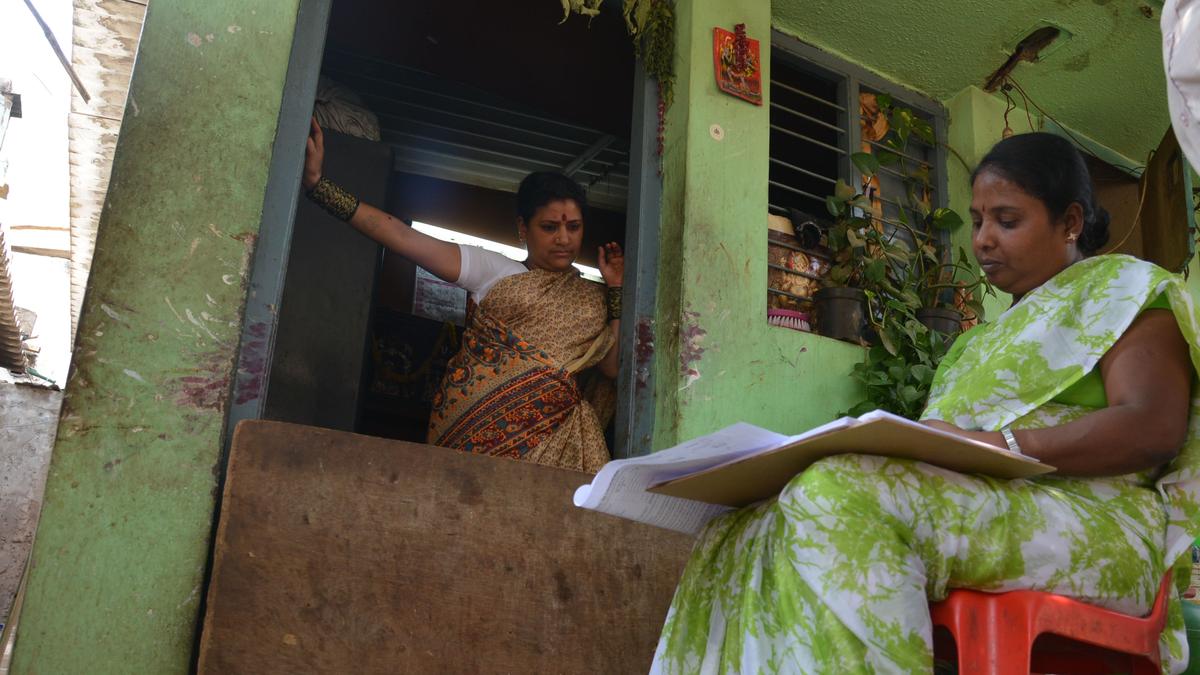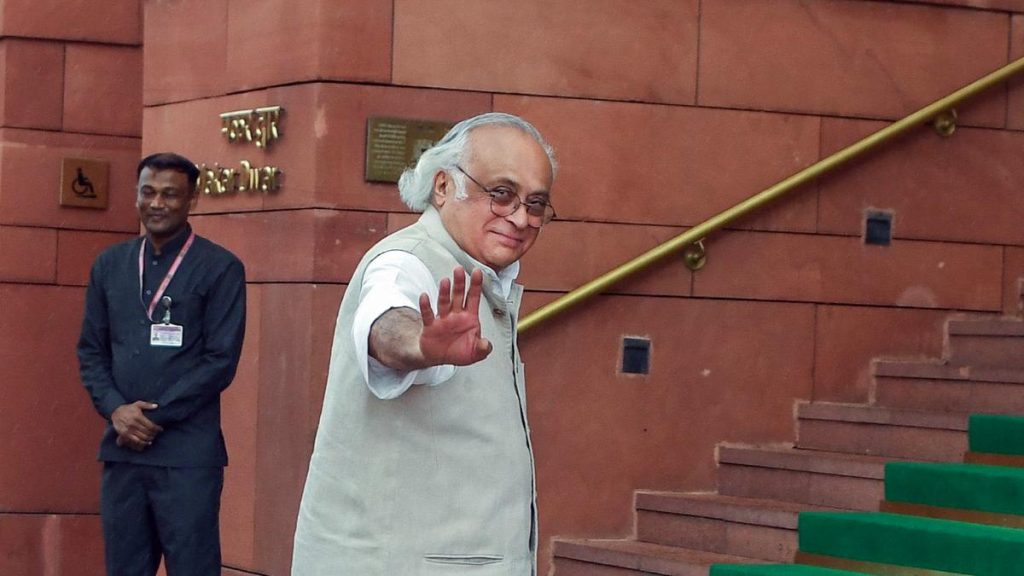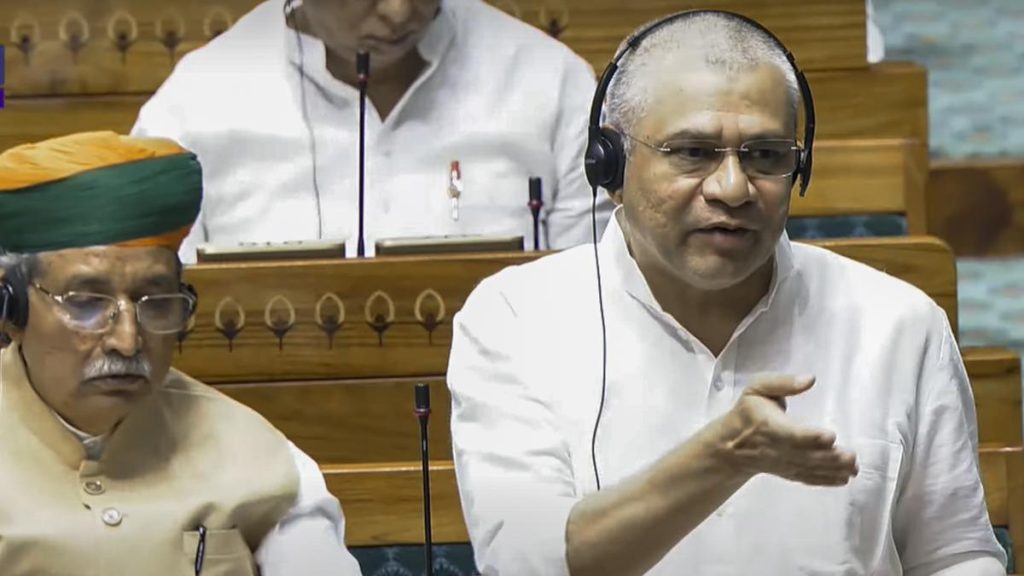Now Reading: Karnataka Caste Survey: Comprehensive Analysis
-
01
Karnataka Caste Survey: Comprehensive Analysis
Karnataka Caste Survey: Comprehensive Analysis

Quick Summary
- The Karnataka State Cabinet on April 11, 2025, accepted the Socio-economic and educational Survey (caste census) report conducted nearly a decade ago.
- The report spans 50 volumes and will be discussed in detail at a special Cabinet meeting scheduled for April 17.
- Key recommendation: Raise reservation for Other Backward Classes (OBCs) from 32% to 51%, increasing total reservations in the state to 85%.
– Current allocations: OBCs (51%), Scheduled Castes/scheduled Tribes (24%), Economically Weaker Sections (10%).
- Opposition has emerged from dominant Veerashaiva-Lingayat and Vokkaliga communities,with some questioning the “scientific” validity of the findings.
- Congress legislators from backward classes have defended the survey’s recommendations, urging against politicization before public disclosure.
- Reclassification recommended for Kurubas, moving them from “more backward” category (2A) to “most backward” category (1B). Chief Minister Siddaramaiah belongs to this community.
Indian opinion analysis
The acceptance of Karnataka’s caste census is both notable and unprecedented. It reflects an attempt at data-driven policy formulation addressing socio-economic imbalances through reservation adjustments. However,increasing reservations to nearly 85%,including new classifications such as Kurubas under “most backward,” is likely to spark intense debates over equity versus meritocracy.
Pushback from politically influential communities like Veerashaiva-Lingayats and Vokkaligas reveals inherent tensions between broader inclusion policies and preserving existing power structures. Their concerns regarding scientific validity-though not elaborated yet-underscore challenges that arise when deeply entrenched identities intersect with governance reforms.
For India as a whole, these developments highlight key issues around balancing affirmative action in socially stratified systems while mitigating dissent among varied groups. Karnataka’s approach could set a precedent or cautionary framework on handling diverse demographic complexities elsewhere.


























